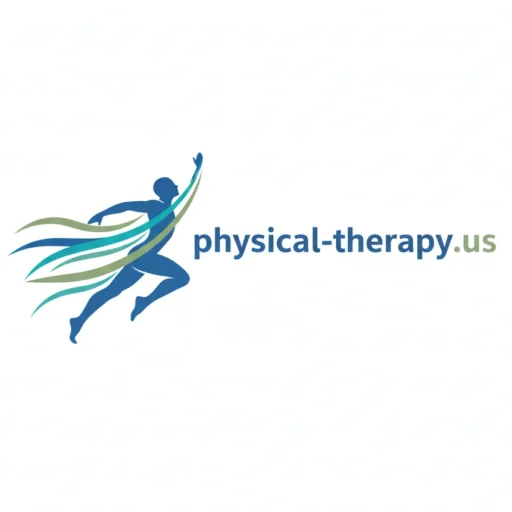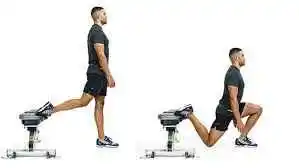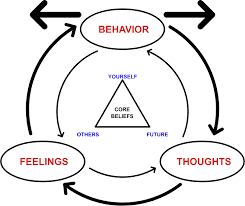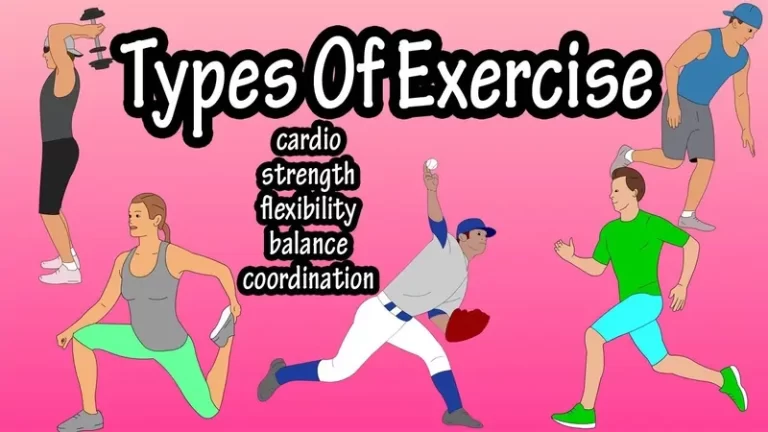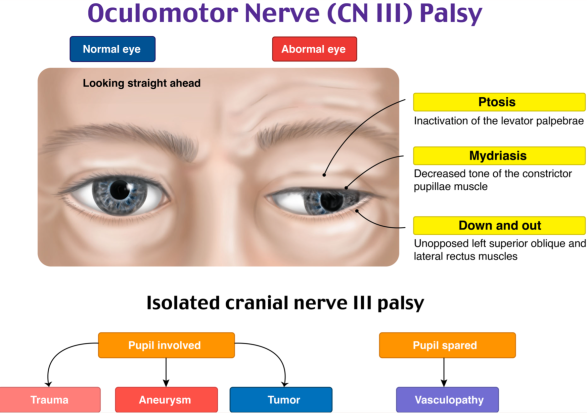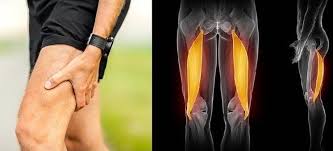Bulgarian Split Squat Exercise
What is the Bulgarian Split Squat? Bulgarian split squat exercise are split squats performed with the back leg elevated. Consider it a variation of the single-leg squat. By balancing on the weighted leg and lowering yourself onto your stabilizing leg in front of your body, you can do a traditional single-leg squat. The Bulgarian split squat involves moving the balancing…
